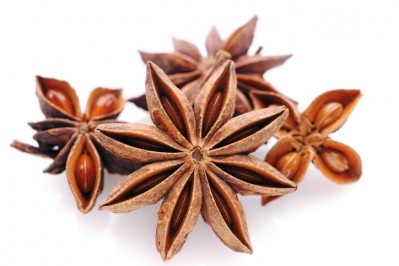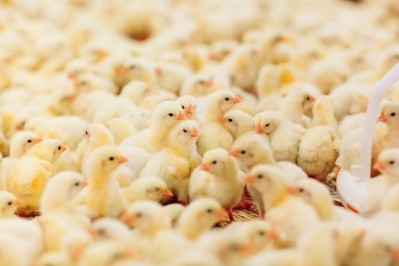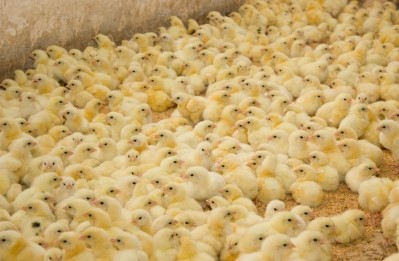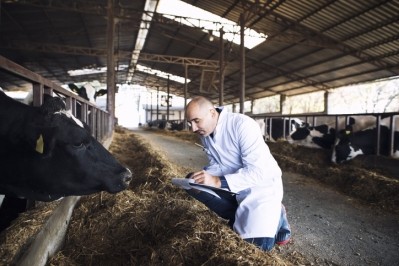Special Edition: Gut Health and Immunity
International researchers identify natural AGPs for use in broiler feed
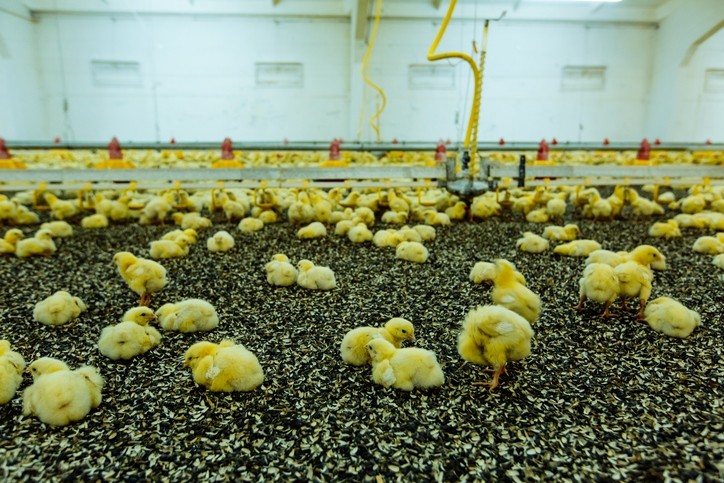
Research work on Piper betle (PB) and Persicaria odorata (PO) indicates such herbs have antimicrobial, antioxidant, and anti-inflammatory properties, said the research team.
They could be the potential candidates in the hunt for natural, alternative growth promoters in poultry production, they argued in the Saudi Journal of Biological Sciences.
Previous phytochemical investigations reported the presence of high phenolic compounds in Piper betle; however, the reported significant bioactive compounds were hydroxychavicol and eugenol, and these bioactive compounds have been studied and reported as potent antimicrobial agents (Atiya et al., 2018, Syahidah et al., 2017), noted the authors.
Earlier work has indicated that Persicaria odorata is a potent antioxidant (Cristapher et al., 2016), contains flavonoids and a high concentration of essential oils (Narasimhulu et al., 2014). Antiviral, antifungal, and antimicrobial activities of Persicaria odorata has also been reported (Vikram et al., 2014, Christapher et al., 2015), said the researchers.
The said major bioactive compounds of Persicaria odorata include quercetin and myricetin. In poultry, quercetin has shown antiviral and antioxidant effects, additionally have a potential role in counteracting heavy metal toxicity (Saeed et al., 2017), reported the animal scientists.
Methodology
Their study evaluated the influence of gradual level inclusion of PBLM and POLM on growth performance, gut morphology, and apparent ileal digestibility in broiler chickens.
A total of 210 one-day-old broiler chicks were randomly grouped into seven treatments, and each treatment group has three replicates with a total number of 30 chicks.
The treatments included T1 control (basal diet (BD) with no supplementation), T2 (BD + 2 g/kg PBLM); T3 (BD + 4 g/kg PBLM), T4 (BD + 8 g/kg PBLM), T5 (BD + 2 g/kg POLM), T6 (BD + 4 g/kg POLM), T7 (BD + 8 g/kg POLM).
Growth performance, gut morphology and ileal digestibility were measured.
Results
Except for T4 (8 g/kg PBLM), graded dose inclusion of PBLM and POLM increased the body weight gain (BWG), positively modulated the gut architecture and enhanced nutrient digestibility in both starter and finisher growth phases of broiler chickens, they found.
Birds fed on PBLM 4 g/kg (T3), and POLM 8 g/kg (T7) had significantly higher BWG with superior feed efficiency in the overall growth period, they said.
Chickens fed on diets T3 and T7 had longer villi for duodenum as well as for jejunum.
Furthermore, the birds fed on supplementations T3 and T7 showed improved digestibility of ether extract (EE), and dry matter (DM) compared to the control group. However, the least crude protein (CP) digestibility was recorded for T4, reported the researchers.
In conclusion, they said dietary supplementations of PBLM 4 g/kg and POLM 8 g/kg positively modulated the intestinal microarchitecture, enhanced nutrient digestibility, and resulted in maximum body weight gain, thus improving the growth performance of broiler chickens.
Body weight gain (BWG)
Digging deeper, the authors outlined how their findings demonstrated BWG of the birds improved with an increasing level of POLM, and that a similar pattern was seen in PBLM supplemented treatments up to an inclusion level of 4g/kg of feed, they said.
However, the further increase in PBLM (8 g/kg) resulted in significantly decreased BWG, noted the team.
“This reduction in BWG at a higher inclusion level of PBLM might be due to high tannin concentrations. Excessive tannins may cause metabolic disturbances like precipitation of protein, that resulted in an anti-nutritional effect (Savón et al., 2006). It is assumed that the higher tannin concentrations resulted in lesser feed intake, and inhibiting the absorption of nutrients, ultimately leads to a decline in growth (Mansoori et al., 2015).”
The increased BWG in broilers with PBLM and POLM supplementation might be due to the presence of polyphenols and flavonoids, primarily due to the secondary bioactive compound eugenol and quercetin, which were successfully quantified from PBLM and POLM, respectively (unpublished data), they noted. The secondary bioactive compound eugenol has been considered as an appetite stimulant (Kumar et al., 2014), and antioxidant (Kim et al., 2013), it can trigger the function of pancreatic and digestive enzymes (Pradhan et al., 2014), wrote the researchers.
A study by Paraskeuas et al. (2017), they continued, described the potential of eugenol and the supplementation of phytogenic feed additives including menthol, anethol and eugenol at 100 and 150 mg/kg in broiler chickens enhanced the growth performance, increased digestibility, improved serum total antioxidant capacity and reduced expression of pro-inflammatory cytokine (IL-18).
On the other hand, bioactive compound quercetin is a flavone, that can improve the animal growth by up-regulating the growth hormone along with the hepatic growth hormone receptor, this stimulus increases the concentration of insulin-like growth factor-1, said the team citing work by Ouyang et al., 2016.
Gut health
In terms of gut health, the researchers determined that the inclusion of different levels of PBLM and POLM in the broiler rations resulted in an increased villus height (VH) of all segments of the intestine.
The current findings endorsed the idea, they said, that phytogenic feed additives (PFAs) or phytobiotics favorably modify the gut structure and digestive functions, thus enhancing growth in broiler chickens.
Generally, phytobiotics have potential to increased VH across the gut, decrease inflammatory events, and improve absorption efficiency according to a study by Murugesan et al., 2014, they added.
“Endorsing this idea, Khan et al. (2017) in a study observed that the inclusion of Moringa oleifera at a rate of 1.2% in the diet of broiler chickens positively modulate the gut health through a developed intestinal microarchitecture. In another study, Karangiya et al. (2016) observed that supplementation of garlic in broilers at a dose rate of 1%, resulted in higher mean villi length and width.”
The significant factors of gut health are the height of villi and crypt depths. Longer villi result in a bigger surface area that increases absorption of nutrients and thus enhances the growth performance and health of chickens, said the team, citing Kamboh et al., 2015.
“The improved villi length is related to a better expression of brush border enzymes and enhanced transport of nutrients (Viveros et al., 2011). In this study, the increased villus height, recorded in dietary groups T3 and T4, that could be an explanation for enhanced growth and better FCR obtained at supplementation level of PBLM 4 g/kg and POLM 8 g/kg.”
The researchers concluded that, based on the results of the current study, dietary supplementation of PBLM at 4 g/kg and POLM at 8 g/kg would be the appropriate doses.
Source: Saudi Journal of Biological Sciences
DOI: https://doi.org/10.1016/j.sjbs.2020.04.017
Title: Effects of graded dose dietary supplementation of Piper betle leaf meal and Persicaria odorata leaf meal on growth performance, apparent ileal digestibility, and gut morphology in broilers
Authors: Basit et al
